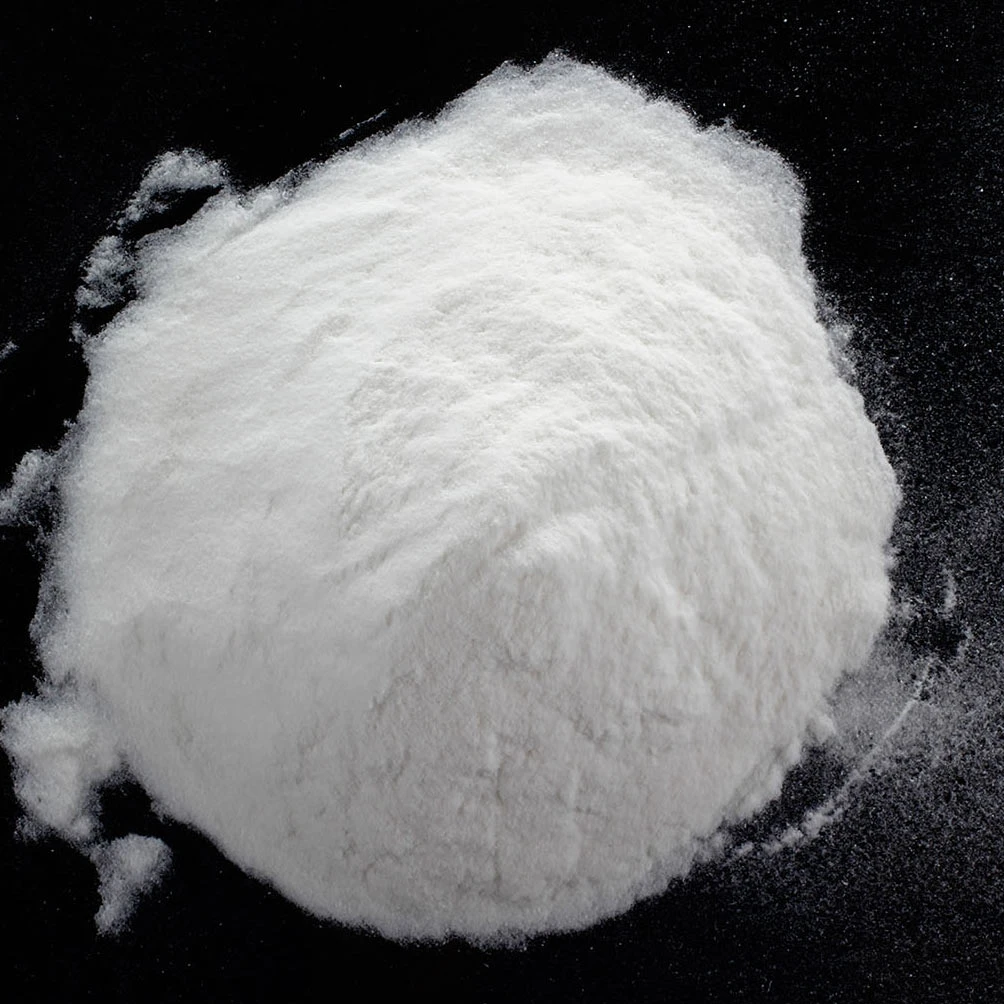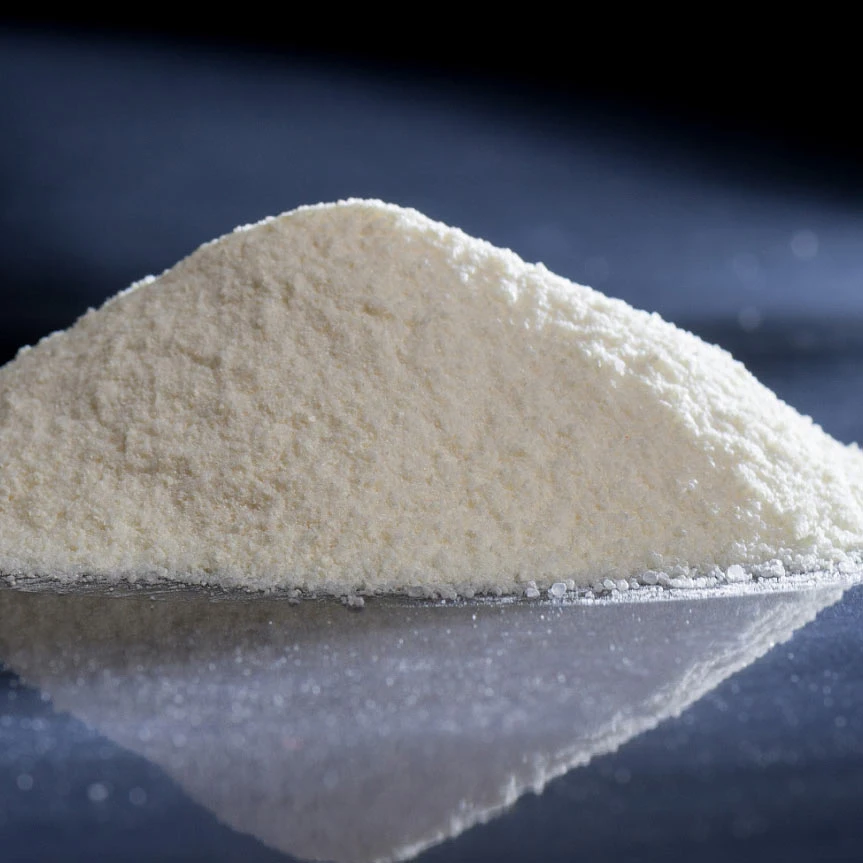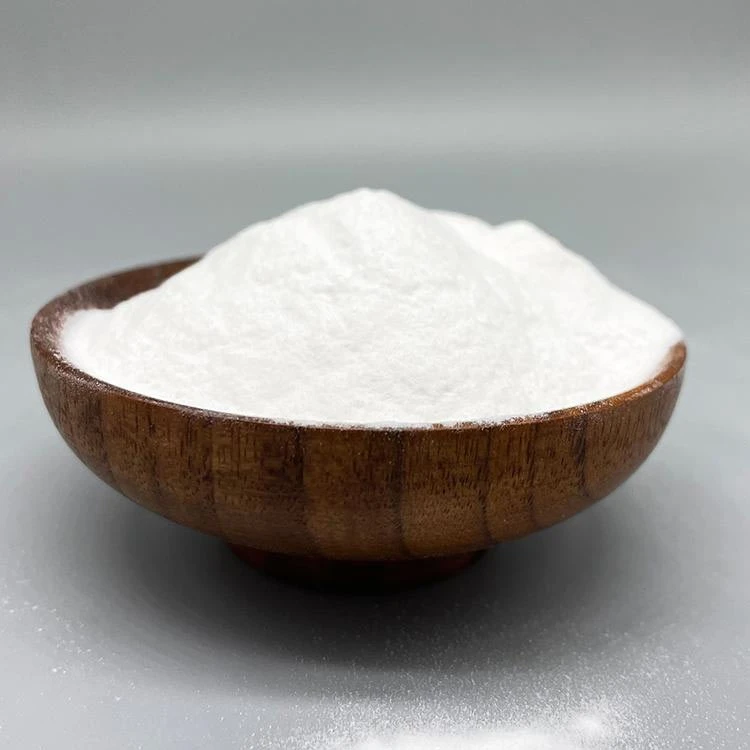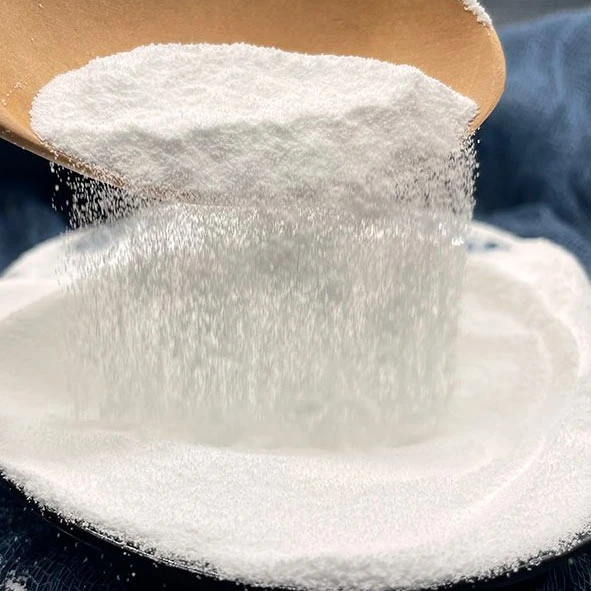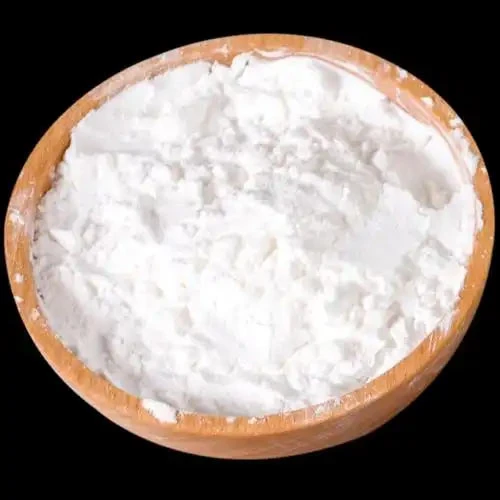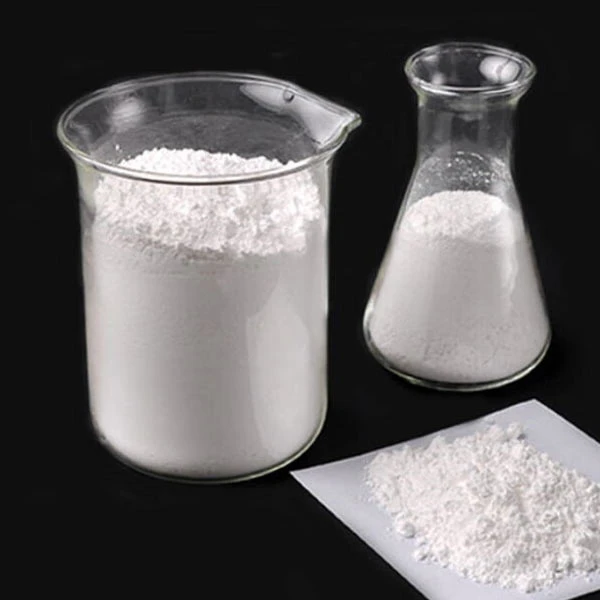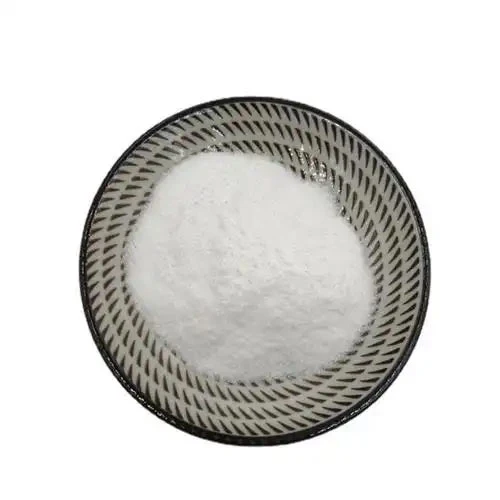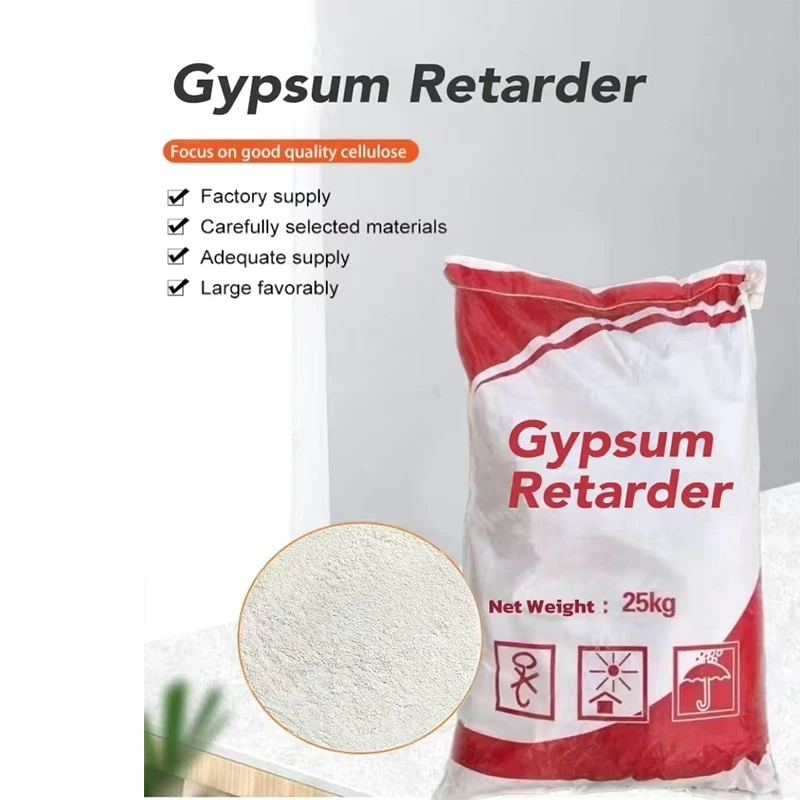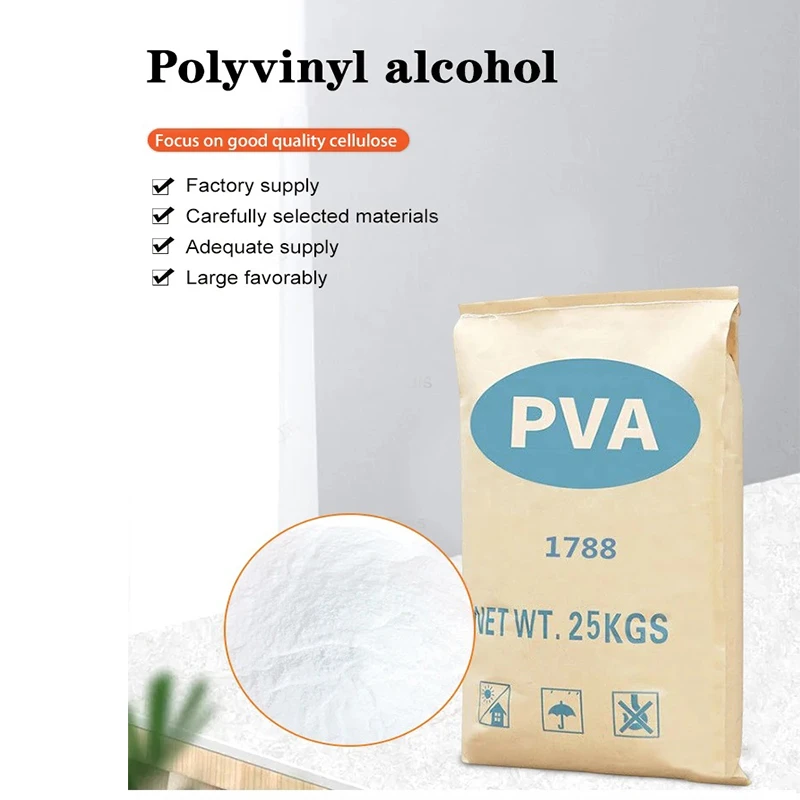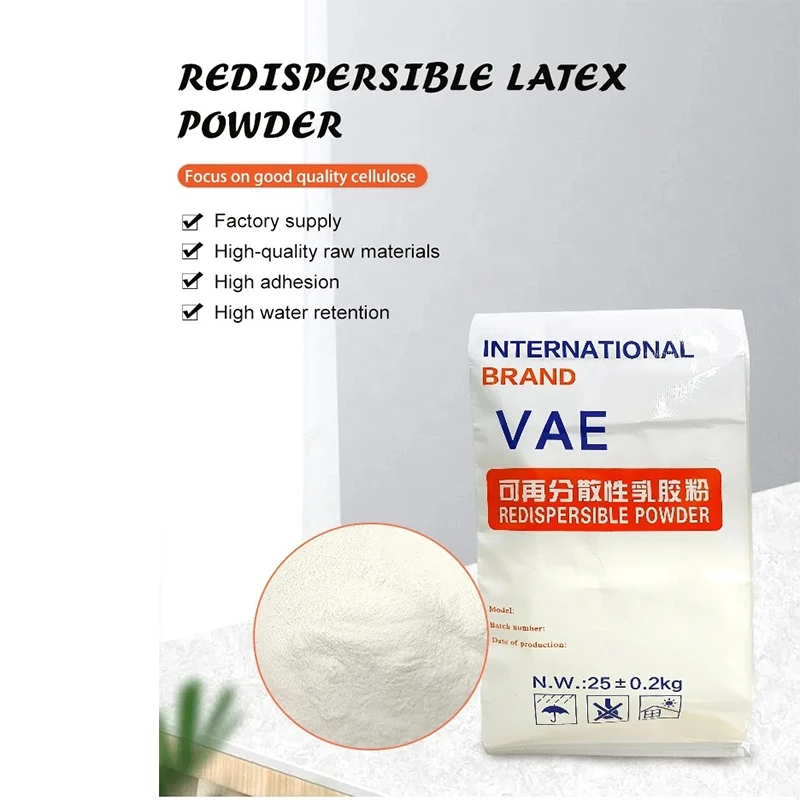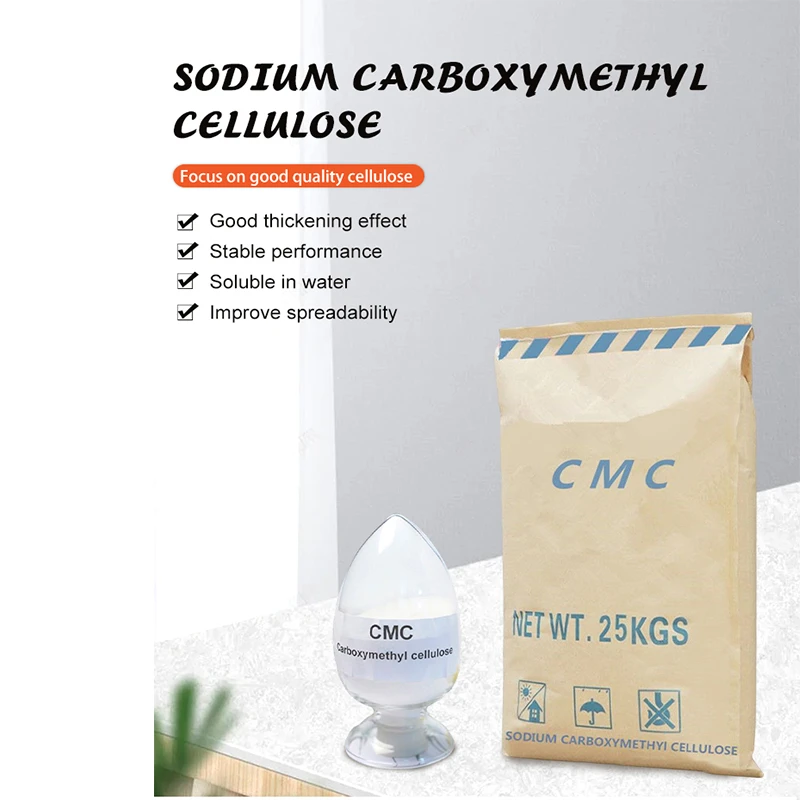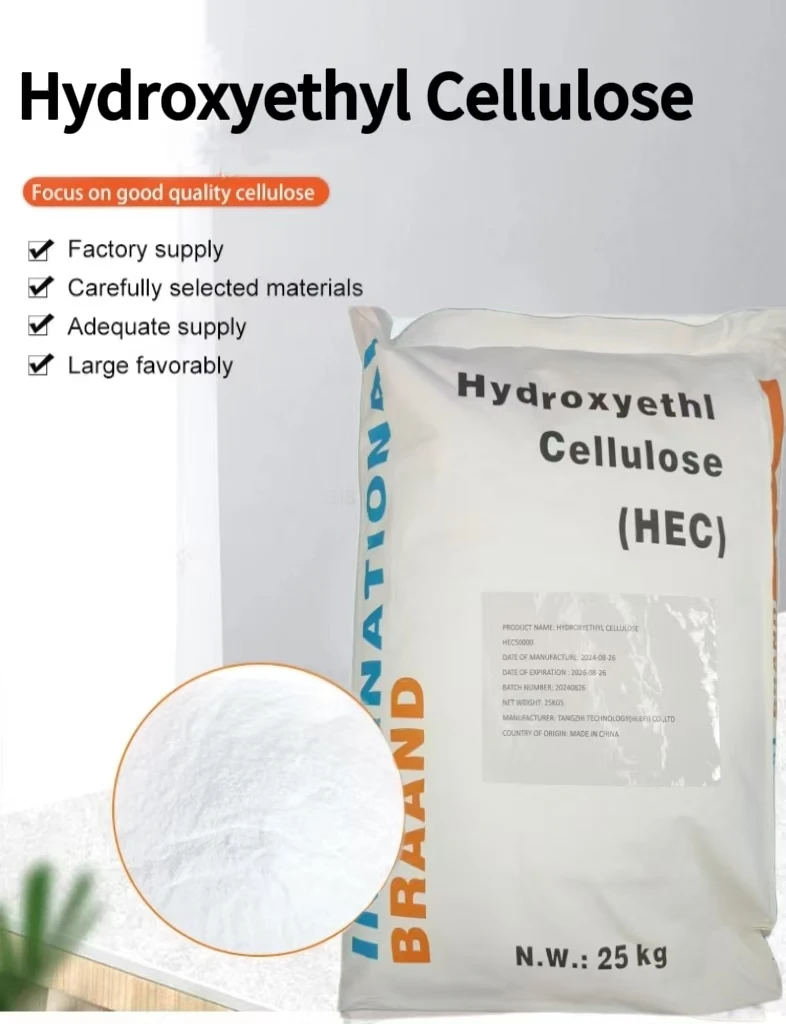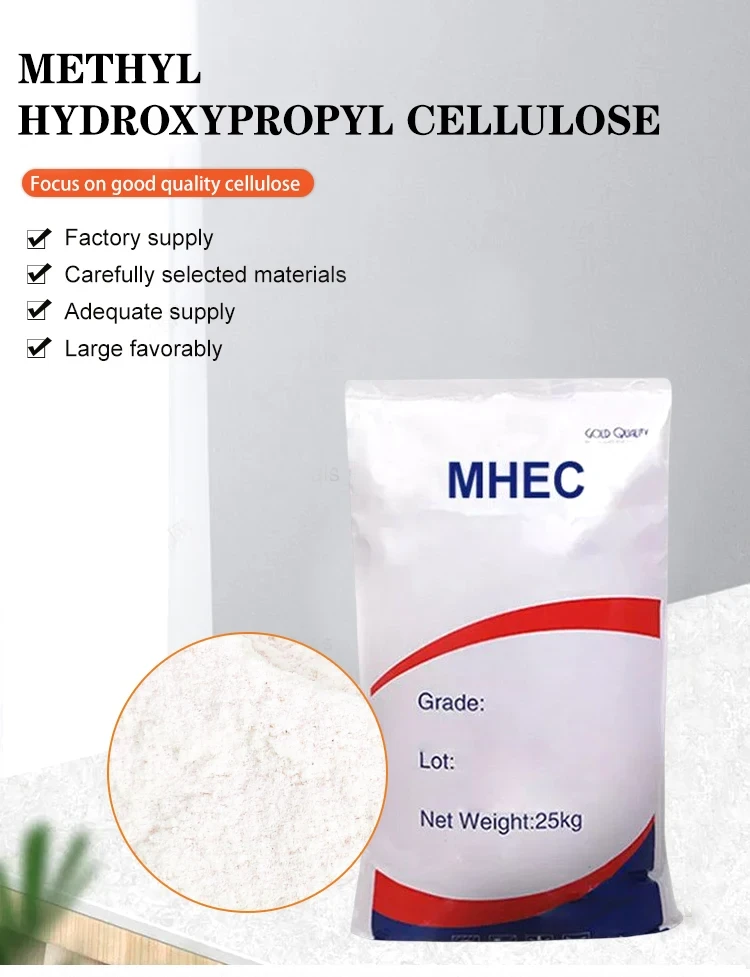
Properties and Applications of Hydroxypropyl Methyl Cellulose in Various Industries
Hydroxypropyl Methyl Cellulose (HPMC) A Versatile Polymer
Hydroxypropyl methyl cellulose (HPMC) is a cellulose ether derived from natural cellulose, extensively used in various industries due to its unique properties and versatility. As a non-ionic, water-soluble polymer, HPMC possesses a variety of functionalities that make it an essential ingredient in many formulations, ranging from pharmaceuticals to food products and construction materials.
Chemical Structure and Properties
HPMC is synthesized by the reaction of cellulose with propylene oxide and methyl chloride, leading to the substitution of hydroxyl groups with hydroxypropyl and methoxy groups
. This modification imparts unique characteristics to HPMC, including enhanced solubility in cold water and improved thickening and binding abilities.One of the standout properties of HPMC is its ability to form gels and viscous solutions upon hydration. This characteristic is pivotal in pharmaceutical applications, where HPMC is utilized as a binder in tablet formulations, as well as a controlled release agent for encapsulating active ingredients. The degree of substitution and molecular weight can be adjusted during synthesis, allowing manufacturers to tailor HPMC for specific applications, enhancing its utility across diverse sectors.
Applications in Pharmaceuticals
In the pharmaceutical industry, HPMC plays a crucial role in various formulations. Its excellent film-forming ability makes it a popular choice for coating tablets and pellets, ensuring stability and controlled release of the active ingredients. Additionally, HPMC is used in suspensions and emulsions, where it serves as a thickening agent, helping to maintain the desired viscosity and texture.
The versatility of HPMC extends to its use as an excipient in many dosage forms, including tablets, capsules, and topical preparations. Its non-toxic nature and compatibility with a wide range of drugs further solidify its importance in pharmaceutical manufacturing.
hydroxypropyl methyl cellulose hpmc

Role in Food Products
In the food industry, HPMC is recognized as a food additive (E464) and is employed for its thickening, emulsifying, and stabilizing properties. It is often found in gluten-free baked goods, dairy products, and dressings, where it enhances texture and moisture retention. HPMC also serves as a fat replacer in low-calorie foods, contributing to a desirable mouthfeel without adding extra fat.
As consumer demand for health-conscious products rises, the use of HPMC in food formulations continues to gain traction, reflecting its adaptability in meeting modern dietary preferences.
Construction and Building Materials
Beyond the pharmaceutical and food industries, HPMC is widely utilized in construction materials. It acts as a critical component in cement-based formulations, such as mortars and plasters, improving workability and water retention. The inclusion of HPMC in these materials ensures extended open time, allowing builders to work with the mixtures for longer periods without compromising strength.
HPMC also enhances the adhesion of tiles and other coatings, providing durability and resistance to cracking. Its properties are crucial in modern construction, as they contribute to energy efficiency and sustainability in building practices.
Conclusion
Hydroxypropyl methyl cellulose is a multifaceted polymer with a broad range of applications across various industries. Its unique properties—such as water solubility, thickening ability, and non-toxic nature—make it an indispensable ingredient in pharmaceuticals, food products, and construction materials. As research continues and consumer preferences evolve, the potential applications of HPMC are likely to expand, reinforcing its position as a key component in numerous formulations. Whether improving the effectiveness of drug delivery, enhancing food texture, or contributing to sustainable building practices, HPMC's versatility ensures its ongoing relevance in a rapidly changing world.
-
PVA Film Manufacturing Process - Advanced Polyvinyl Acetate & HPMC Production SolutionsNewsJul.08,2025
-
High-Purity Monocrystalline Cellulose Supplier Cellulose to Cellulose Acetate & E463 Hydroxypropyl Cellulose SolutionsNewsJul.08,2025
-
Different Grades of HPMC Choose the Right Cellulose for Your ApplicationNewsJul.07,2025
-
High-Performance Polycarboxylate Concrete Admixture Superior Superplasticizer Powder SolutionsNewsJul.07,2025
-
High Quality PVA Product Solutions PVA 088 20 & PVA 1 for Versatile ApplicationsNewsJul.07,2025
-
What is HPMC Used For? Applications & Benefits of HPMC in Tablet Coating and TabletsNewsJul.06,2025

